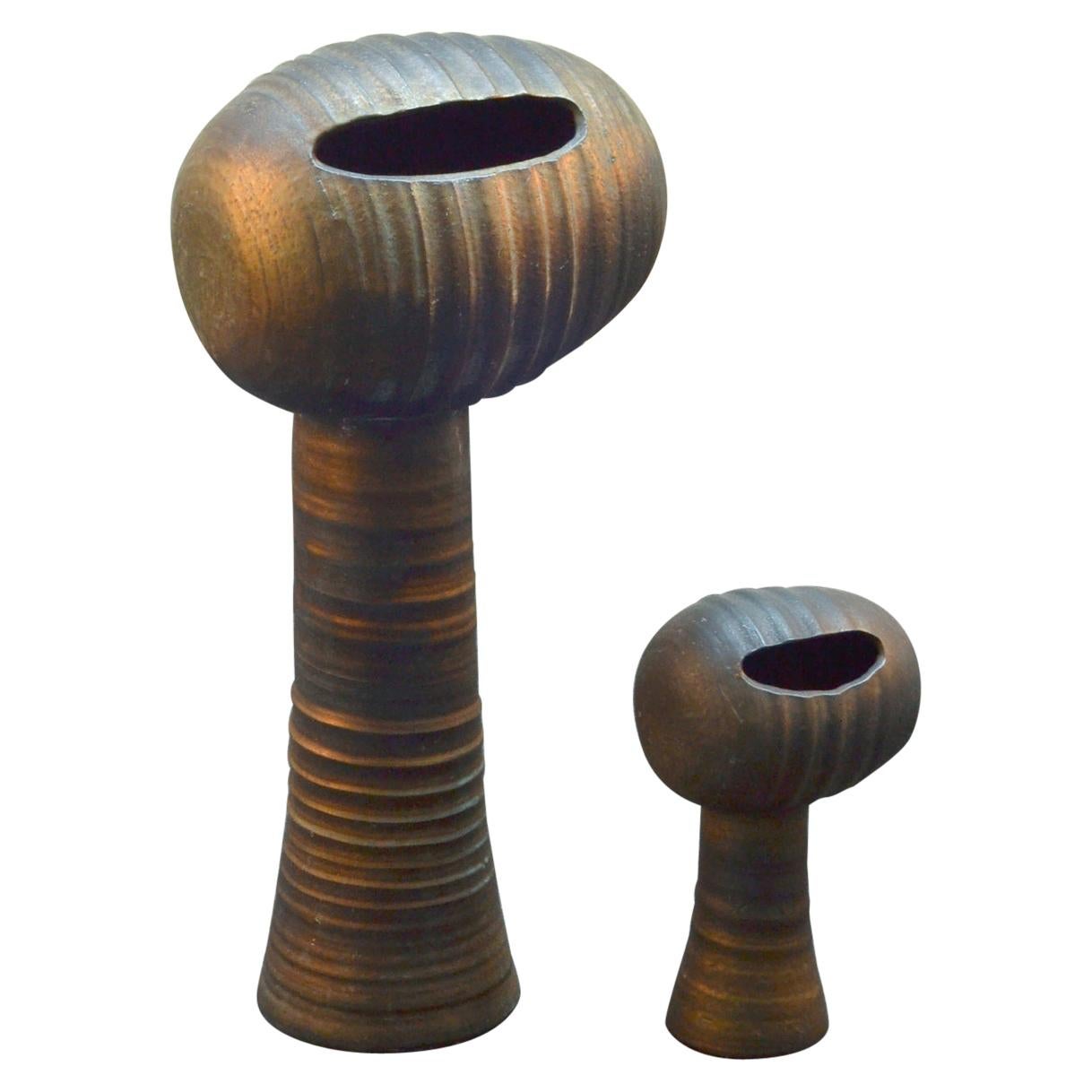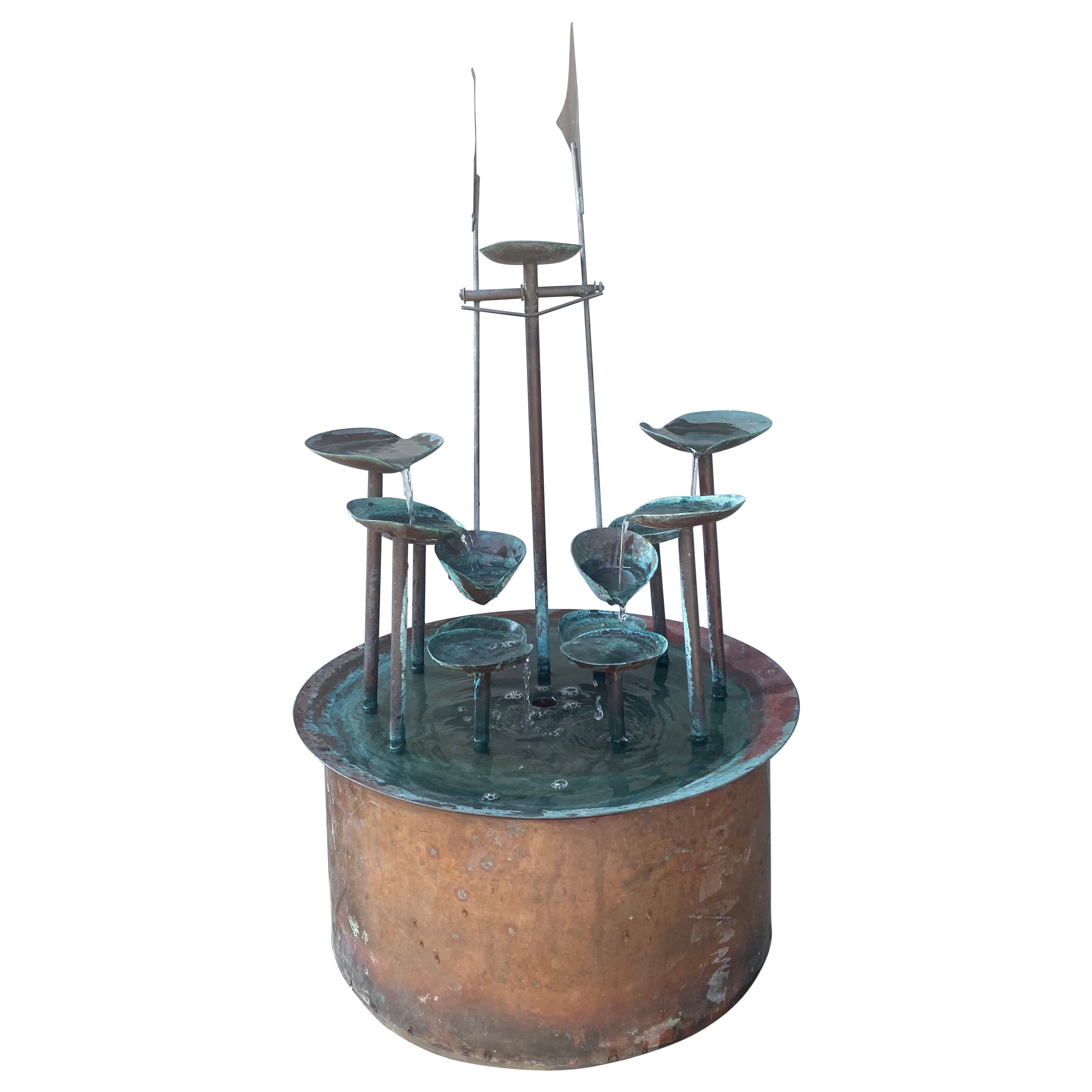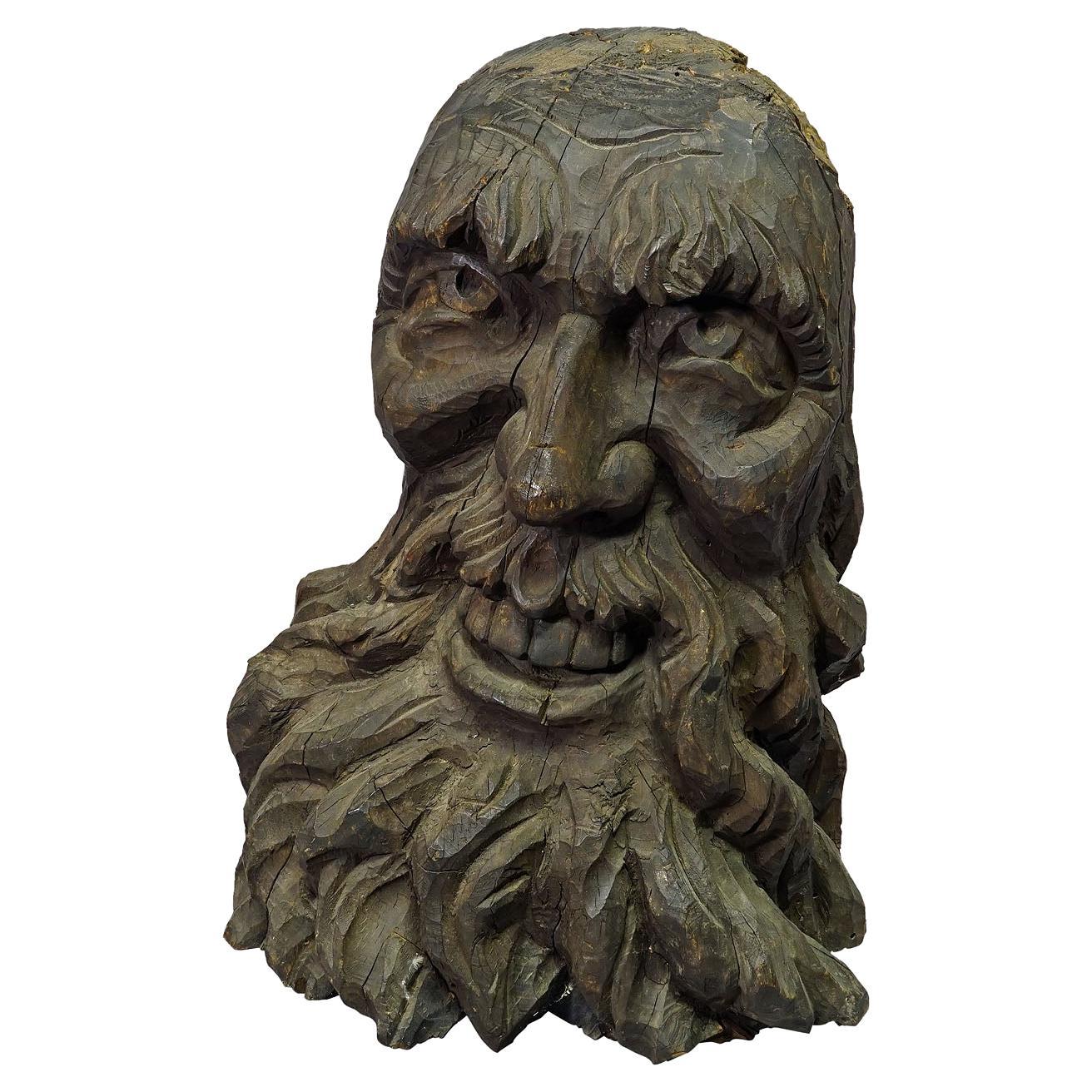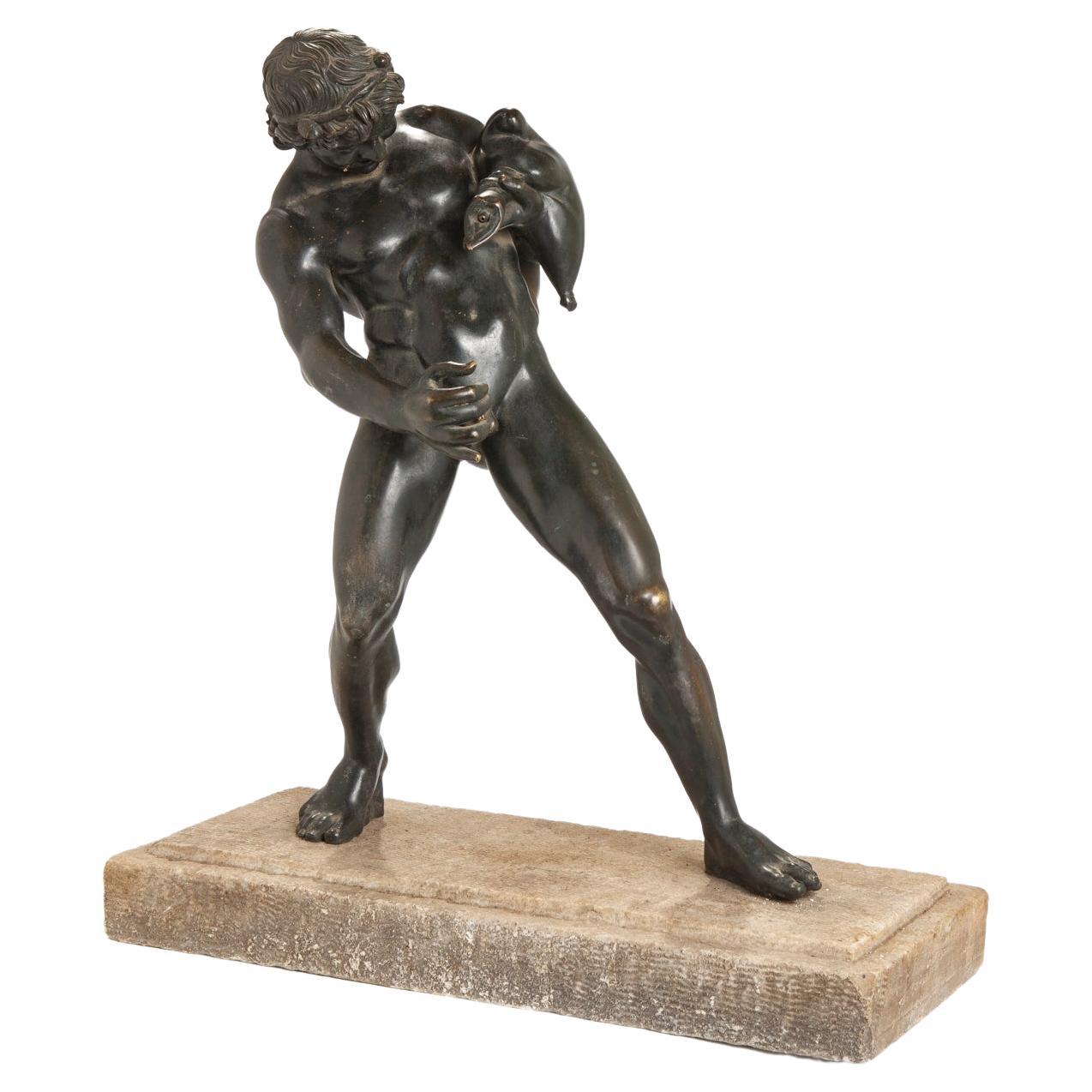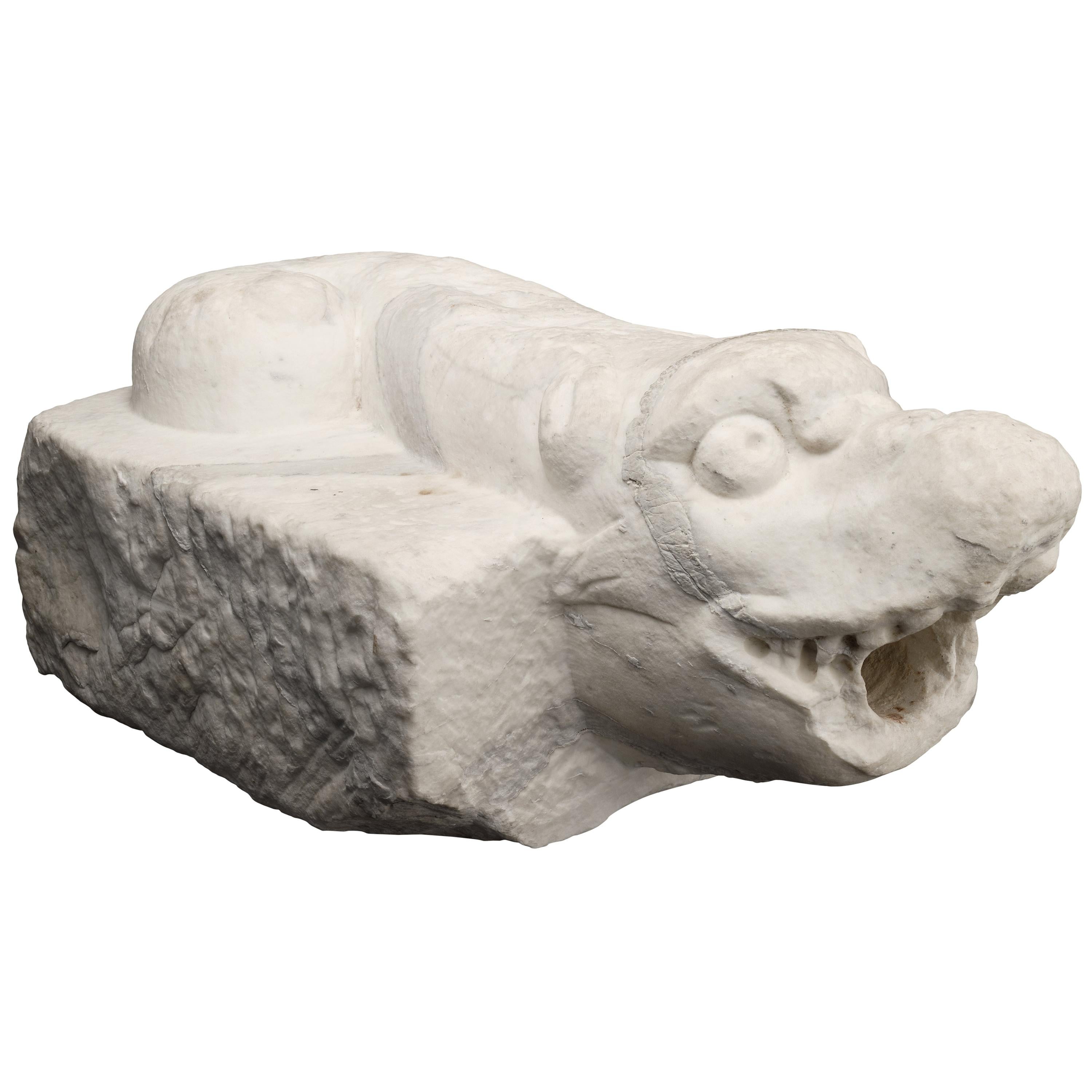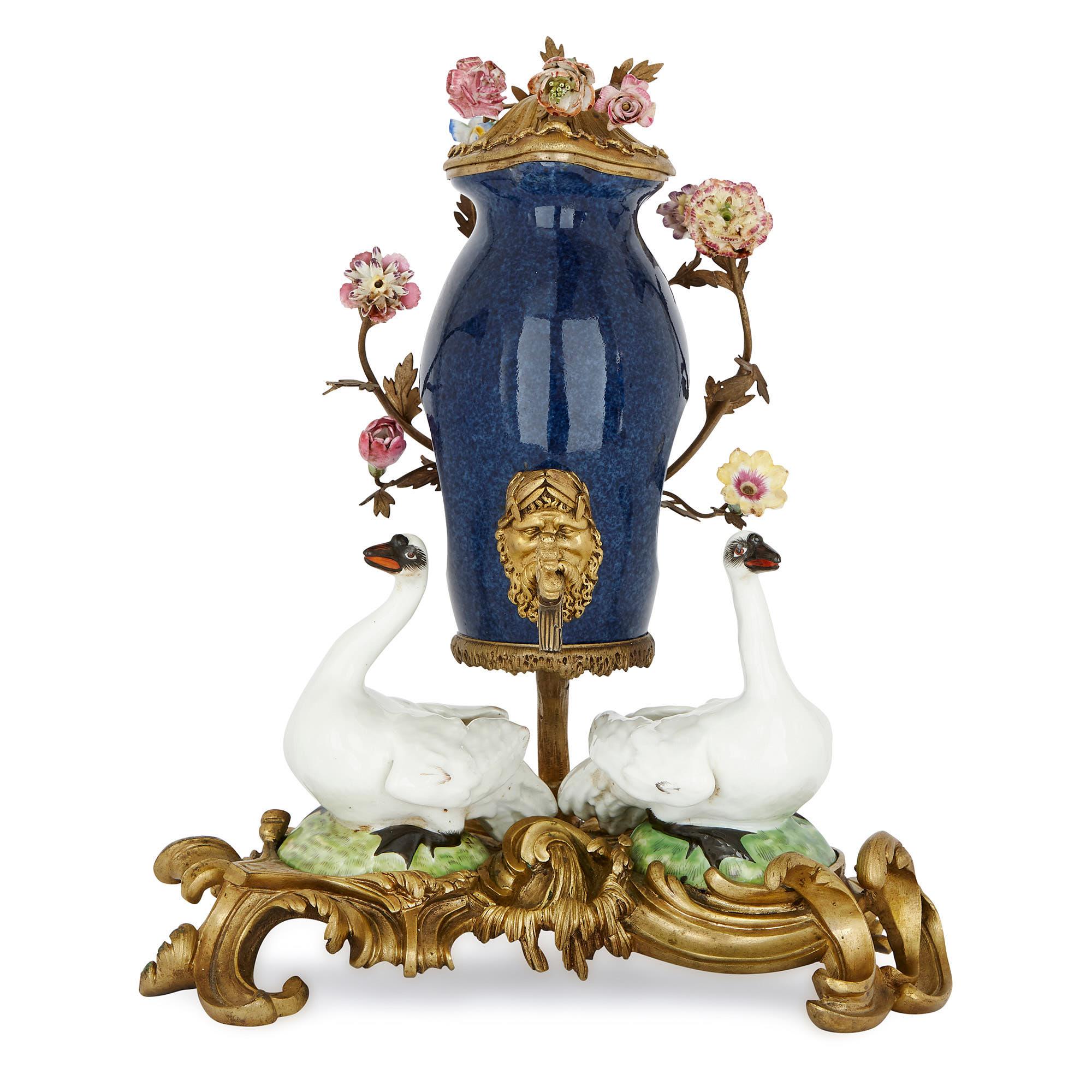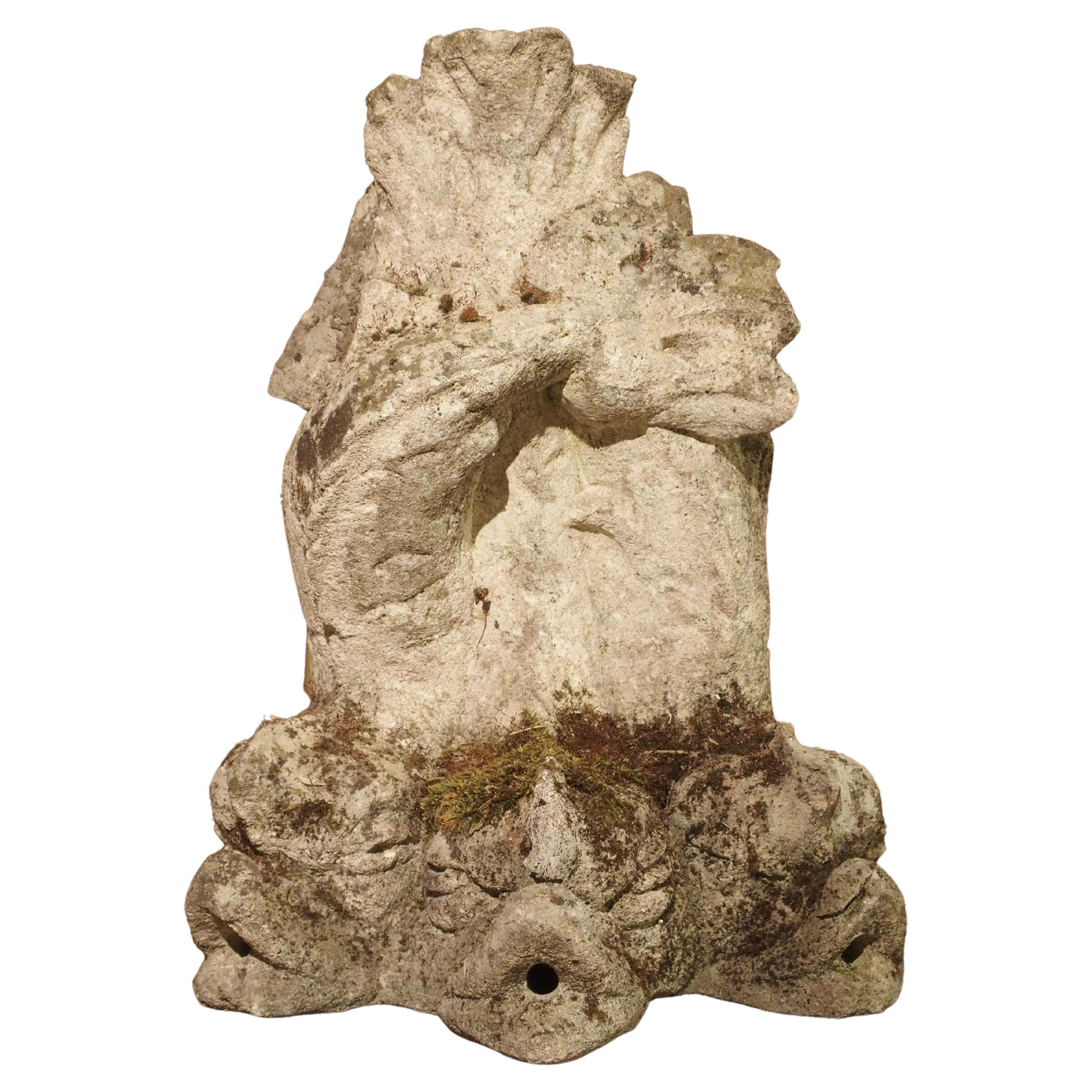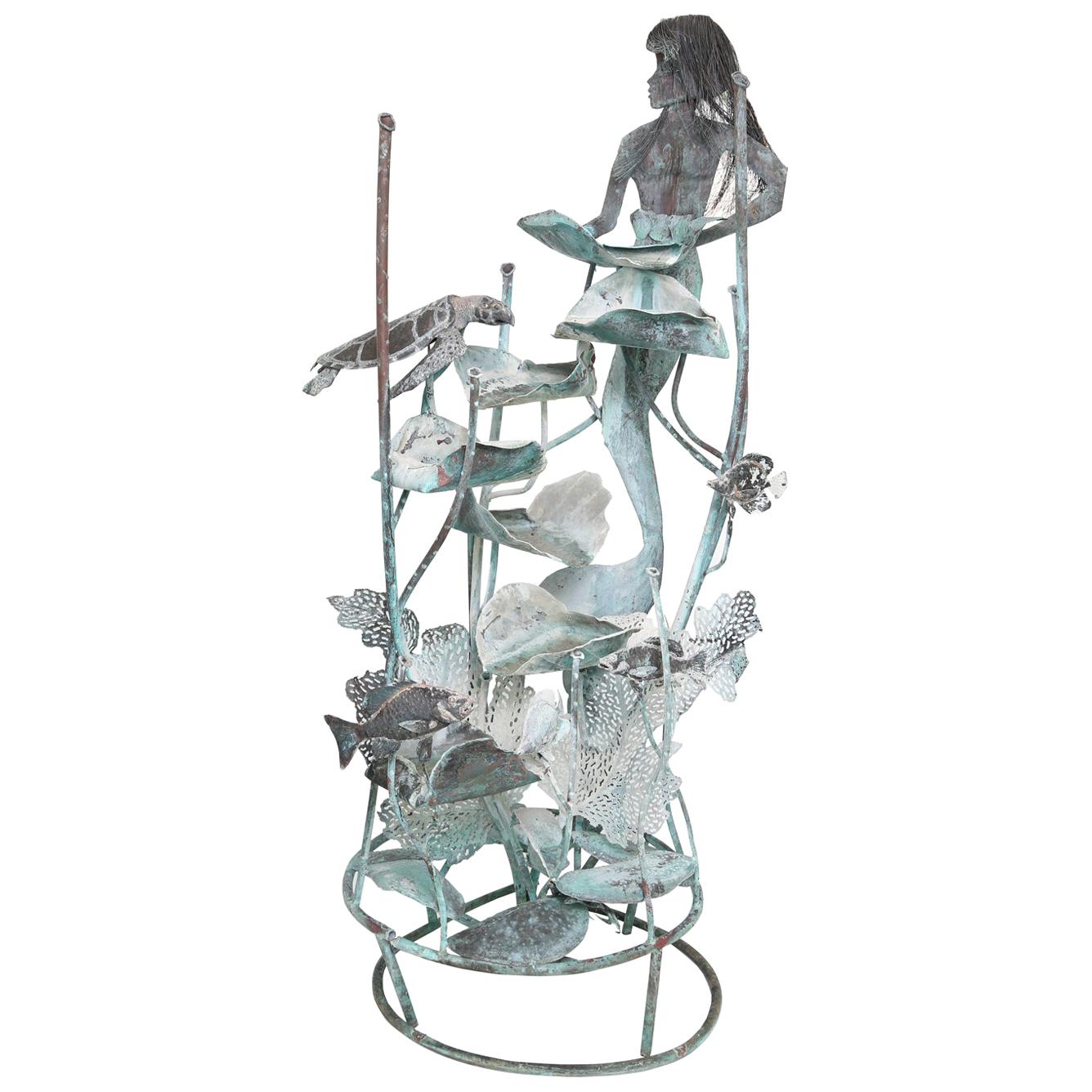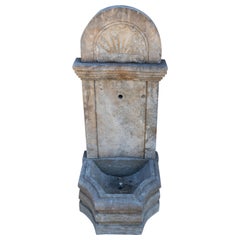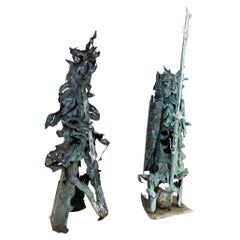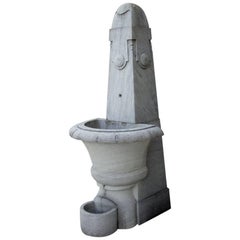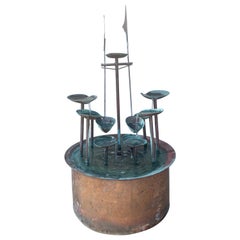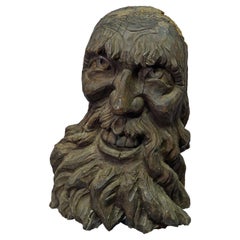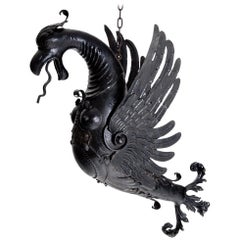
Renaissance-Style Water Fountain, Prob, Vienna, circa 1880
View Similar Items
Want more images or videos?
Request additional images or videos from the seller
1 of 15
Renaissance-Style Water Fountain, Prob, Vienna, circa 1880
About the Item
- Dimensions:Height: 35.44 in (90 cm)Width: 29.53 in (75 cm)Depth: 19.69 in (50 cm)
- Style:Renaissance (Of the Period)
- Materials and Techniques:
- Place of Origin:
- Period:
- Date of Manufacture:circa 1880
- Condition:Wear consistent with age and use.
- Seller Location:Greding, DE
- Reference Number:Seller: 086-0101 1stDibs: LU1014214079471
About the Seller
4.9
Vetted Seller
These experienced sellers undergo a comprehensive evaluation by our team of in-house experts.
Established in 1987
1stDibs seller since 2013
444 sales on 1stDibs
Typical response time: 10 hours
More From This SellerView All
- Renaissance-Style Wall Fountain, 21st CenturyLocated in Greding, DEWall fountain with small basin with profiled wall and segmental top with shell decoration.Category
21st Century and Contemporary Renaissance Fountains
MaterialsStone
- Water Fountains, Italy, 1970sLocated in Greding, DEPair of gargoyles in fanciful design and decorative patina. Dimensions owl: 235 x 75 x 80 cm, flute player: 196.5 x 80 x 73 cm.Category
Vintage 1970s Italian Brutalist Fountains
MaterialsOther
$13,125 / set - Sandstone Wall Fountain in Art Deco StyleLocated in Greding, DEWall Fountain in Art Deco-style with a high rising, tapering square shaft. At the upper part is a molded, geometric decor in the style of Art Deco. The basin is in the shape of a hal...Category
Late 20th Century Art Deco Fountains
MaterialsSandstone
- Marble Wall Fountain, 21st CenturyLocated in Greding, DEWall fountain out of hand-carved white marble with a stepped base, profiled basin and a tall rear wall.Category
21st Century and Contemporary Renaissance Fountains
MaterialsMarble
- Zinc Fountain "Venus Rising from the Sea", J.L. Mott, New York, 1880By J.L. Mott IronworksLocated in Greding, DELarge zinc fountain with life-size representation of Venus (h: 155cm) on stylized rock base with fountain wreath. The fountain was made 1880 by J. L. Mott Iron...Category
Antique 1880s American Late Victorian Fountains
MaterialsZinc
- Wall Fountain with MascaronLocated in Greding, DEWall fountain with hexagonal basin rim and high back wall with volute decoration and central mascaron as gargoyle. Bluestone, hand carved.Category
21st Century and Contemporary Fountains
MaterialsStone
You May Also Like
- Architectural Ceramic Water Fountains Sculptures Bronze Glazed 1960 MobachBy MobachLocated in London, GBThe sculptural head shaped water features hand-turned in ceramic, produced by Mobach in Utrecht during the 1960's. Mobach produced this unique mat bronze lustre glaze has a result of...Category
Vintage 1960s European Mid-Century Modern Abstract Sculptures
MaterialsCeramic
- Wonderful Modernist Kenetic Motion Copper Fountain / Water Feature, Hand MadeLocated in Buffalo, NYIngenious copper fountain / water feature, solid copper construction, Modernist design Artisan made, hand executed. Sculpture in motion, great for garden, or indoor space.Category
Vintage 1970s American Mid-Century Modern Fountains
MaterialsCopper
- Wooden Carved Black Forest Garden Fountain Water Spout 19th centuryLocated in Berghuelen, DEWooden Carved Black Forest Garden Fountain Water Spout 19th century A large Black Forest wooden carved water spout featuring "Ruebezahl", which is the mountain spirit of the giant m...Category
Antique Late 19th Century German Black Forest Fountains
MaterialsWood
- Nude Male Bronze Sculpture FountainLocated in Malibu, CABronze male sculpture signed. Fonderia Giorgio Sommer Calabritto Napoli Thomas, sculptor, lived and worked in the Naples area, and especially on Capri, from 1889 to 1906. Given this ...Category
20th Century Italian Renaissance Figurative Sculptures
MaterialsCarrara Marble, Bronze
$13,297 Sale Price29% Off - Italian Ancient Marble Sculpture Fountain, Late 16th CenturyLocated in Milano, ITSea monster Carrara marble mouth fountain Italy, late 16th century It measures 13.8 x 31.5 x 18.9 in (35 x 80 x 48 cm) State of conservation: some small evident gaps and widespread signs of wear due to outdoor exposure. The gray marks crossing it do not come from restoration, but are rather the natural veins of the marble. This work has some morphological characteristics typically associated with the iconography of the sea monster: an elongated muzzle, sharp teeth, protruding eyes, elongated ears, and a coiled serpent's tail. An in-depth series of studies on artistic depictions of the sea monster attempted to verify how this symbol evolved in antiquity in the European and Mediterranean contexts and how it gradually changed its image and function over time. The iconography itself is mutable and imaginative and its history is rich with cultural and artistic exchange, as well as the overlapping of ideas. This occurred so much that it is difficult to accurately pinpoint the "types" that satisfactorily represent its various developments. However, we can try to summarize the main figures, starting from the biblical Leviathan and the marine creature that swallowed Jonah (in the Christian version, this figure was to become a whale or a "big fish", the “ketos mega”, translation of the Hebrew “dag gadol”). Other specimens ranged from the dragons mentioned in the Iliad (which were winged and had legs) to "ketos” (also from Greek mythology), the terrifying being from whose Latinized name (“cetus”) derives the word "cetacean". See J. Boardman, “Very Like a Whale” - Classical Sea Monsters, in Monsters and Demons in the Ancient and Medieval Worlds, in Papers presented in Honor of Edith Porada, Mainz am Rhein 1987, pp. 73-84). In Italy the monster underwent yet further variations: it can be found in Etruscan art on the front of some sarcophagi representing the companion of souls, while among the Romans we find the “Pistrice” (cited by Plinio in Naturalis Historia PLIN., Nat., II 9, 8 and by Virgilio in Eneide: VERG., Aen., III, 427), which appeared in the shape of a stylized hippocampus or a very large monstrous cetacean and evolved into a hideous being with a dragon's head and long webbed fins. During the Middle Ages, the sea monster was the object of new transformations: at this time, it is often winged, the head is stretched like a crocodile, the front legs are often very sharp fins - sometimes real paws - until the image merges with dragons, the typical figures of medieval visionary spirituality widely found throughout Europe (on this topic and much more, see: Baltrušaitis, J., Il Medioevo fantastico. Antichità ed esotismi nell’arte gotica, Gli Adelphi 1997). In Italy during the 15th and 16th centuries, the revival of classicism - representative of the humanistic and Renaissance periods - led to a different reading of these "creatures". Indeed, the sea monster was also to find widespread use as an isolated decorative motif, especially in numerous fountains and sculptures where dolphins or sea monsters were used as a characterizing element linked to water (on this theme see: Chet Van Duzer, Sea Monsters on Medieval and Renaissance Maps, London, The British library, 2013). From the morphological point of view, the "sea monsters" of this period are mostly depicted as hybrid figures, in which the body of a mythological or real being (a hippocampus, a sea snake, a dolphin), is joined to a head with a rather indistinct appearance. It was usually characterized by large upright ears, an elongated snout, sharp teeth and globular, protruding eyes; a complex and indefinite figure, both from the symbolic point of view and from that of its genesis. The work we are examining is placed as a cross between the medieval sea serpent and the Renaissance dolphin, with stylistic features which recall the snake as often used in heraldry (such as the "snake" depicted in the coat of arms of the Visconti - the lords and then dukes of Milan between 1277 and 1447 - and which, for some, may be derived from the representations of the “Pistrice” that swallowed Jonah). In the search for sources, Renaissance cartography and in particular woodcuts should not be neglected. See for example the monsters of Olaus Magnus, from the editions of the “Historia de gentibus septentrionalibus” (“History of the peoples of the north”) and the natural histories of Conrad Gesner, Ulisse...Category
Antique 16th Century Italian Renaissance Animal Sculptures
MaterialsCarrara Marble
- Meissen style porcelain and gilt bronze table fountain by SamsonLocated in London, GBThis colourful porcelain table fountain, fashioned in the German Meissen style, was crafted in the 19th Century by the French porcelain company Samson et Cie. The table fountain co...Category
Antique 19th Century German Louis XV Figurative Sculptures
MaterialsOrmolu
Recently Viewed
View AllMore Ways To Browse
Winged Gargoyles
Iron Gargoyle
Bronze Trough
French Water Trough
Fontain Marble
Ruth Tiers
Italian Water Container Spout
Bronze Lion Fountain
Stone Pool Fountain
Vintage Outdoor Water Fountain
Square Marble Basin
Fountain Faucets
Used Indoor Water Fountains
Boy With A Dolphin
Spouting Statue
Stone Fountain Masks
Marble Fountain Mask
Mermaid Fountain
